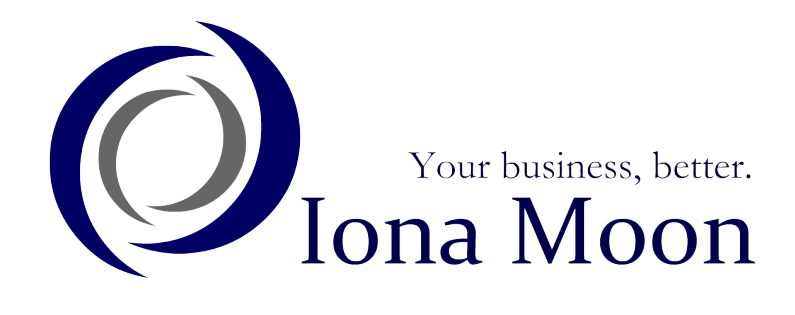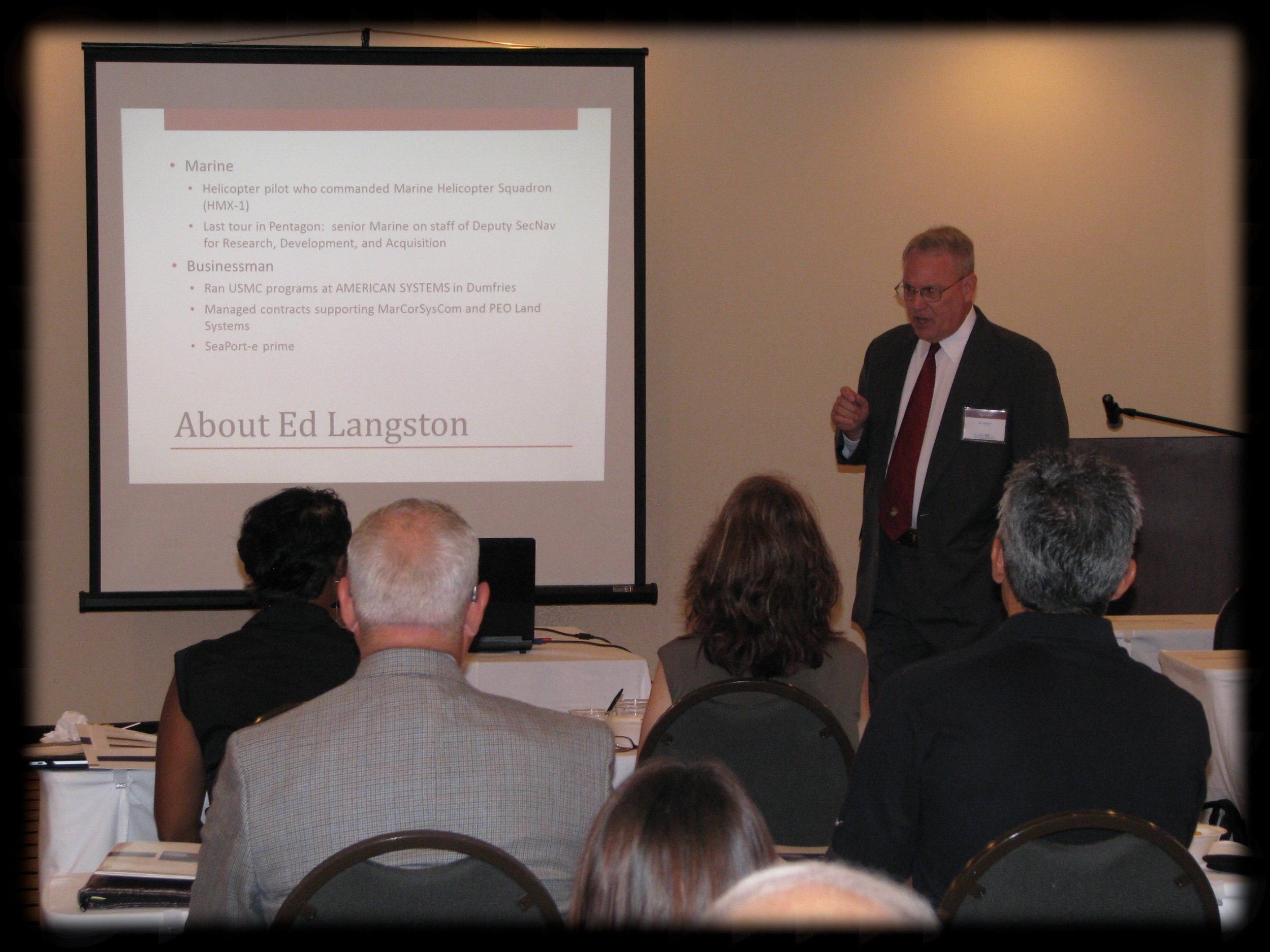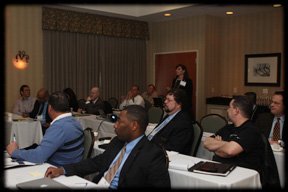Marketing your SeaPort-e Contract: Harness The Power of the Required H.11 Web Page
/This is the first in a series of articles on how to stand out from the crowd and make the most of the SeaPort-e contract, whether your company is a new awardee or a long-time prime that hasn’t used the vehicle to its maximum capacity.
The material in these articles—and much more—will be explored in-depth in our upcoming seminar: Task Order Success: Winning On the Navy’s SeaPort-e and other Federal ID/IQs, July 19th and 20th, with more dates coming in 2016.
All SeaPort-e primes will off-ramp in 2019. That doesn’t mean work under the contract will stop. Task orders may be awarded for up to five years any time before the end of the period of performance for the ID/IQ. That means work under SeaPort-e will continue into 2024. It also means you have less than three years to identify, capture and win that work, to build your reputation with those customers, and to position your company for whatever acquisition plan the Department of Navy enacts to fill the coming gap.
Today I address the often-overlooked requirement of the H.11 clause. It may seem a boring topic, but it can be used to great effect with some creativity and marketing savvy. Of course, you must comply with the specific requirements of the clause, and provide a link to the contracting office within 10 days of an award to remain in compliance with your contract.
However, H.11 is much more than a compliance issue. It is a marketing opportunity you should fully exploit—most of your competition won’t.
When conducting market research, your customers’ first impression is often your H.11 webpage. It should deliver your value proposition with impact before an acquisition strategy is formalized. It should align with the look and feel of your web presence and invite visitors to explore beyond this first look to form a lasting positive impression.
Here are some of our top tips for using H.11 to its maximum advantage.
- Assure it is in compliance with the clause and keep all information up-to-date
- Enlist your marketing and design team to reinforce your branding and foster visitor “engagement*”
- Use links, call-outs, and customer testimonials to emphasize your successes
- Add capabilities and team members as you grow: you are not limited to the functional areas you bid, highlight ALL your qualifications
- Use analytic software to track visits to the page and measure behavior and engagement—a high “bounce rate**” means you aren’t creating the interest vital to “engagement”
- Check the portal regularly and test the link to your page, especially when you make changes to your site
H.11 can provide other advantages over your competition. Those are covered in the “dirty tricks” segment of our June seminar.
Iona Moon provides a simple, compliant template to cover the basics. Use it and these tips as a launch pad to elevate your image among the ever-growing competitive pool of SeaPort-e, while you still have time.
Endnotes:
*Online “engagement” is holding the attention of a visitor or inducing them to explore further.
**”Bounce rate” is the percentage of single-page visits or the number of visits in which a visitor leaves a website from the landing page without browsing any further.



